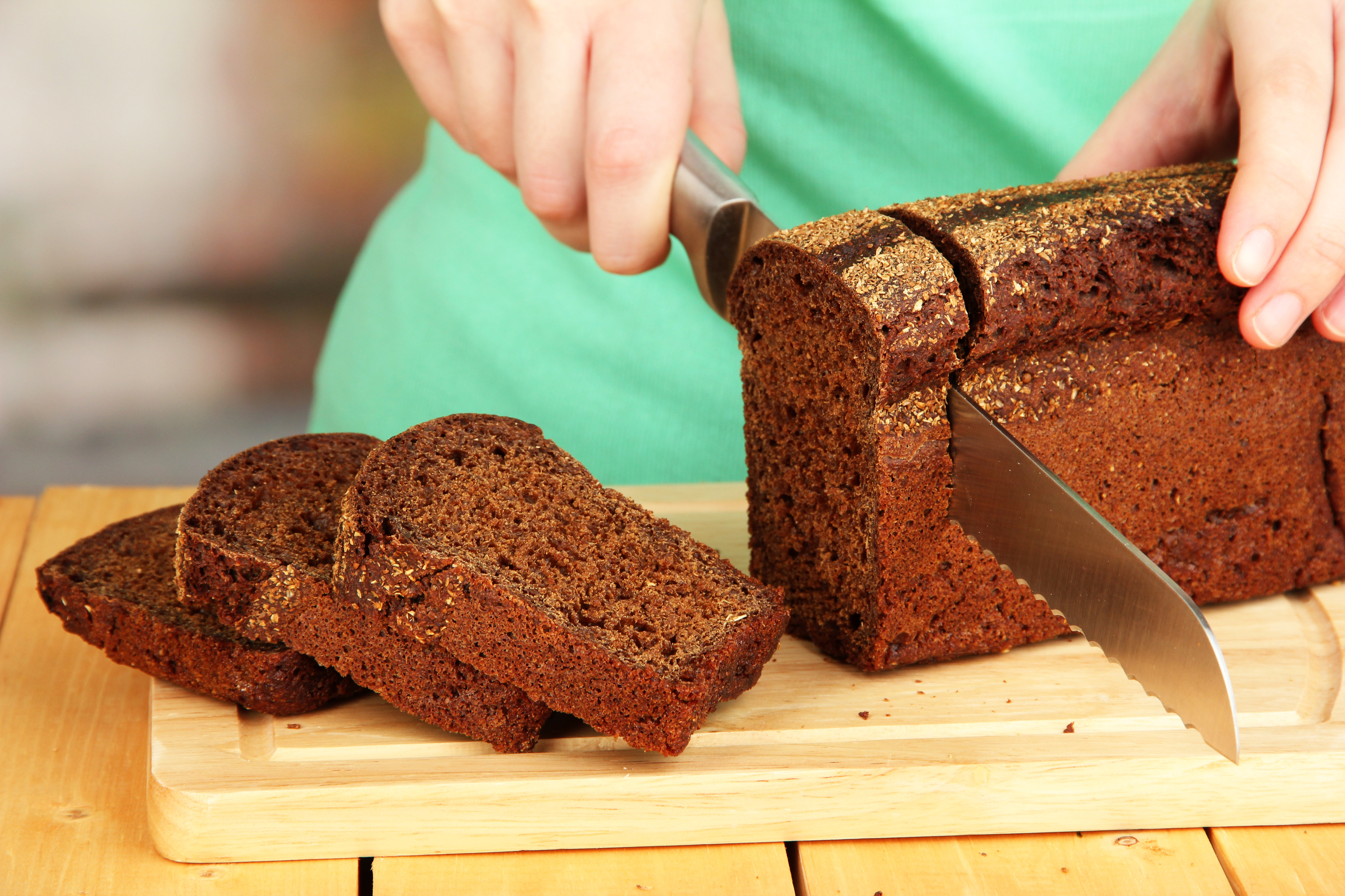Obsessive Compulsive Disorder

The World Health Organization (WHO 2008) ranks Obsessive Compulsive Disorder (OCD) as a leading cause of disability worldwide. OCD affects approximately 3% of the population through the lifespan and is the fourth most common mental illness.
OCD does not discriminate. It affects children and adults, men and women, and members of all races and ethnicities. OCD occurs at every socioeconomic level with similar rates worldwide.
Vicious cycle of OCD
Individuals with OCD experience involuntary recurring thoughts and/or images (obsessions) that often cause intense emotional distress, such as fear, anxiety, guilt, and shame and that may often feel beyond the person’s control. Many individuals with OCD also experience the urge to perform repetitive actions (rituals), such as cleaning, washing, checking, counting or ordering to try to suppress obsessions and to reduce distress.
Although rituals may reduce distress temporarily, these typically worsen, become more repetitive, and much less effective in quieting obsessions. As the cycle of obsessions-and-rituals intensifies, OCD interferes increasingly with the person’s self-care, productivity, relationships, and quality of life.
Common OCD Symptoms
Obsessions & compulsions can include the following themes: contamination, fears of illness, checking, harming, moral concerns, sexual/religious concerns, ordering/symmetry, etc. Many individuals experience obsessions with multiple themes. Below are just a few examples:
RELIGIOUS

Examples of religious obsessions include distressing thoughts or images that are contrary to the person’s values or beliefs (e.g., “What if I yell obscene things at the service instead of praying…I should not be having these thoughts”). The person diagnosed with OCD may have difficulty believing this is OCD that has no religious implications.
SEXUAL

Sexual obsessions include distressing thoughts or images about inappropriate acts or partners (e.g., “What if I sexually molest a young girl or child”). The person may unrealistically feel as if “a thought is as bad as an action…this thought means I might be more likely to do it…or means something bad about me as a person”. The person diagnosed with OCD may have difficulty believing this is OCD with no sexual implications.
HARMING

Aggressive/harm obsessions involve distressing thoughts or images of harming other people (e.g., “What if I push an elderly person in front of a moving bus during a red light…what if I stab my kid sister”) or of harm befalling relatives or friends (e.g., “My parents will be killed by an intruder because I didn’t lock the door properly”). The person diagnosed with OCD may have difficulty believing this is OCD with no real danger to anyone.
OCD-Related Disorders
BODY DISMORPHIC DISORDER

Individuals suffering from Body Dysmorphic Disorder (BDD) report distressing unrealistic beliefs about single or multiple aspects of their appearance. BDD is often associated with checking rituals, avoidance of social and other situations, and with multiple psychosocial impairments including refusal to attend school. A major issue is that the person has difficulty believing that perceived flaws are exaggerated. Some persons with BDD seek unnecessary surgeries for perceived deformities. It is important to seek specialized assessment and treatment prior to considering surgical interventions for BDD.
HOARDING DISORDER

Hoarding Disorder is characterized by persistent difficulties discarding possessions, regardless of their actual value, and excessive accumulation. Items create clutter to the point where living areas and their intended use are no longer possible. For example, the individual may not be able to cook in the kitchen, sleep in bed, or use other living areas. Unsanitary conditions and risk of fire can result. Other common features include avoidance, indecisiveness, perfectionism, difficulty with organization and planning, and excessive attachment to possessions. Untreated Hoarding Disorder shows a progressively worsening course.
TRICHOTILLOMANIA

Trichotillomania or hair pulling generally develops during puberty and is associated with severe distress and social and school impairment. Hair pulling can occur in single or multiple areas including the head, eyebrows and lashes, and elsewhere. In severe cases there are obvious bald spots and absence of eyelashes. Varied stressors such as those related to school, work, or interpersonal issues may exacerbate symptoms. In severe cases there may be damage to hair growth and quality.
EXCORIATION DISORDER

Excoriation (skin-picking disorder) involves repeated picking at one’s own skin for significant amounts of time, usually several hours daily. The disorder may begin with a dermatological condition such as acne. There may be multiple sites of skin picking. Varied stressors such as those related to school, work, or interpersonal issues may exacerbate symptoms. A significant proportion of students report difficulty studying and missing school or social events secondary to picking.
For additional information about OCD and related disorders please see: www.CIOCD.ca
Recent Research: Sookman, D., Phillips, K.A., Mataix-Cols, D., Veale, D., 2021. Introduction to knowledge and competency standards for specialized treatments for obsessive-compulsive disorder throughout the lifespan: phase two series by the International Accreditation Task Force of The Canadian Institute for Obsessive Compulsive Disorders (CIOCD, www.ciocd.ca). Psychiatry Res. 298. 113753. https://doi.org/10.1016/j.psychres.2021.113753.
